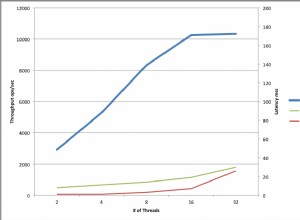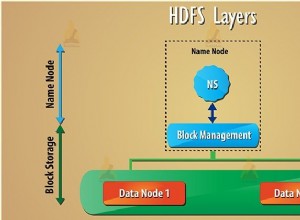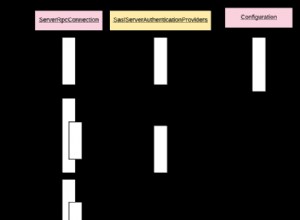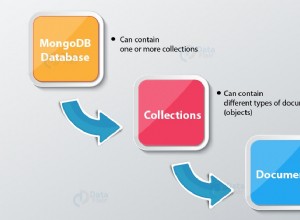Możesz znaleźć timeOfDay z TimeOfVisit pole, a następnie użyj $sum aby uzyskać całkowitą liczbę
db.collection.aggregate([
{ "$match": { "User": req.query.User }},
{ "$addFields": {
"timeOfDay": {
"$mod": [
{ "$toLong": "$TimeOfVisit" },
1000*60*60*24
]
}
}},
{ "$group": {
"_id": "$location",
"totalTimeInMilliseconds": { "$sum": "$timeOfDay" }
}}
])
Output
[
{
"_id": "Reception",
"totalTimeInMilliseconds": 33165688
},
{
"_id": "Cafeteria",
"totalTimeInMilliseconds": 98846064
}
]
Możesz go dalej podzielić, aby uzyskać dni, godziny, minuty lub sekundy
1 hour = 60 minutes = 60 × 60 seconds = 3600 seconds = 3600 × 1000 milliseconds = 3,600,000 ms.
db.collection.aggregate([
{ "$addFields": {
"timeOfDay": {
"$mod": [
{ "$subtract": [ "$TimeOfVisit", Date(0) ] },
1000 * 60 * 60 * 24
]
}
}},
{ "$group": {
"_id": "$location",
"totalTimeInMiniutes": {
"$sum": { "$divide": ["$timeOfDay", 60 × 1000] }
}
}}
])
Dla mongodb 4.0 i wyżej
db.collection.aggregate([
{ "$addFields": {
"timeOfDay": {
"$mod": [
{ "$toLong": "$TimeOfVisit" },
1000 * 60 * 60 * 24
]
}
}},
{ "$group": {
"_id": "$location",
"totalTimeInMiniutes": {
"$sum": { "$divide": ["$timeOfDay", 60 × 1000] }
}
}}
])




